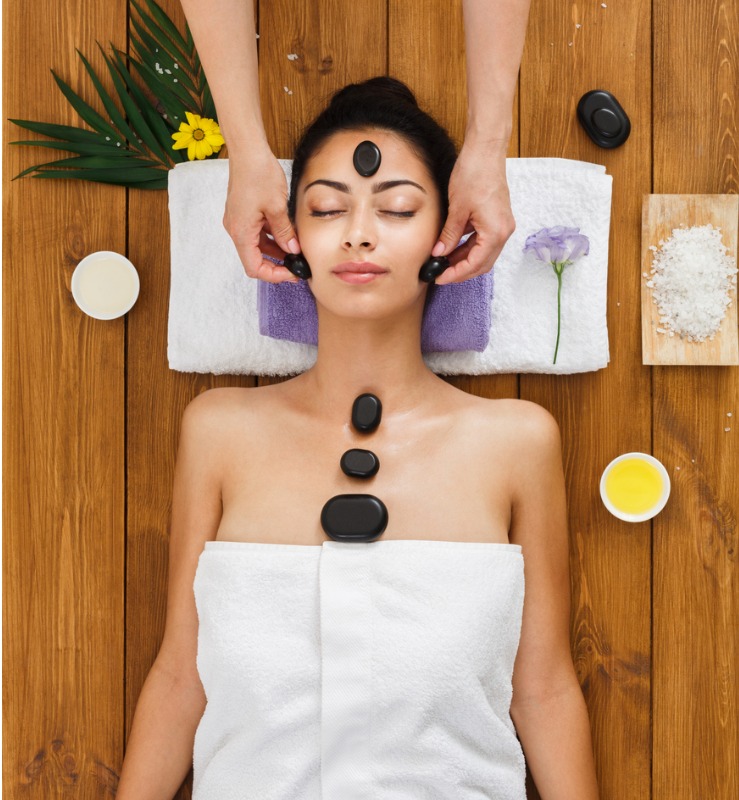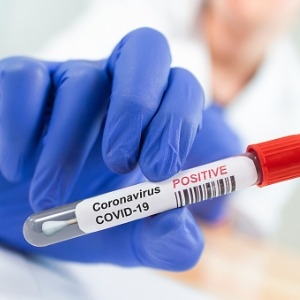Serving Medical & Wellness Travel:
Wellness tourism is a potent confluence of two huge and rising industries: the $2.6 trillion tourist business and the $4.5 trillion wellness sector (2017 figures). People today expect to continue their healthy lifestyles and wellness routines while they are away from home, and holistic health and prevention are increasingly at the core of consumer decision-making.
The Global Wellness Institute (GWI) published the first edition of the Global Wellness Tourism Economy report in 2013, a seminal study that defined the parameters and characteristics of the emerging wellness tourism sector, estimated its global size, and highlighted its far-reaching economic impacts. This tourist industry has grown rapidly since then all throughout the world.
GWI estimates that wellness tourism was a $639 billion worldwide business in 2017, rising more than twice as fast as the rest of the industry.
Top 3 Key Things to Know:
1. What is wellness tourism?
The Global Wellness Institute defines wellness tourism as travel aimed at preserving or improving one’s own well-being. With so much unwellness inherent in today’s travel, wellness tourism holds the possibility of counteracting those negative traits and transforming travel into a chance to preserve and improve our overall health.
2. Wellness tourism is not medical tourism.
Wellness tourism and medical tourism are frequently confused, not just by customers but also by destination marketers. This uncertainty stems from a lack of awareness of these markets as well as uneven terminology usage by destinations, government entities, and promotion agencies. To add to the confusion, the phrase “health tourism” is sometimes used as a catch-all to represent a wide range of medical and wellness treatments and activities, from open heart surgery and dental care to destination spas and yoga retreats. In reality, these two industries typically operate in separate areas and cater to different customer demands.
A good way to understand the difference is to look at our health and wellbeing on a continuum:
Poor health, injuries, and disease are on the left. These disorders are addressed by the medical paradigm. Medical tourism falls under this category, as does flying to another country to have surgery or dental care because it is less expensive, of greater quality, or unavailable at home. Wellness is located on the right side of the continuum and refers to the proactive actions they take to maintain a healthy lifestyle, decrease stress, avoid disease, and improve our overall well-being. This is the driving force behind wellness tourism.
There is an occasional crossover between medical tourism and wellness tourism, such as DNA testing or executive exams. However, the sorts of tourists, activities, services, companies, and laws involved in medical tourism and wellness tourism are considerably different, even though they both rely on a region’s core tourism and hospitality infrastructure and facilities.
3. Every destination has something unique to offer to wellness travelers.
Wellness travel, like other types of speciality travel, is not a one-size-fits-all experience. Every place has its own own wellness taste, which is tied to its local culture, natural assets, meals, and so on. Some visitors may be content with a basic massage, workout class, or smoothie. The more discriminating and sophisticated wellness visitors, particularly those in the millennial age, are interested in what the location has to offer that is unique to it. Indigenous healing practises, ancient/spiritual traditions, native plants and forests, special muds, minerals, and waters, vernacular architecture, street vibes, local ingredients and culinary traditions, history and culture, and so on can all be incorporated into these one-of-a-kind and authentic experiences. Because each location is unique, there is always something special to offer wellness tourists.
Measuring Wellness Tourism:
GWI describes wellness tourism as travel aimed at preserving or improving one’s own well-being. They quantify wellness tourism by aggregating the trip expenses of those classified as wellness tourists. Lodging, food and beverage, activities and excursions, shopping, in-country transportation (travel within the nation), and other services are examples of these expenses (e.g., concierge, telecommunications, travel agent services, travel insurance, etc.). They cover both foreign and domestic travel expenditures:
International wellness tourism expenditures: All revenues collected by a country from inbound wellness tourists who travel from outside the country and stay overnight.
Domestic wellness tourism expenditures: All expenditures made in a country by wellness tourists visiting within their own country and staying overnight.
They estimate the share of visits and expenditures represented by wellness tourists within each of the international and domestic tourism categories, including both the primary and secondary wellness tourism segments (as defined above). To calculate the size of the global wellness tourism business, they aggregate the expenditure of main and secondary wellness tourists, both international/inbound and local, across 212 nations.















